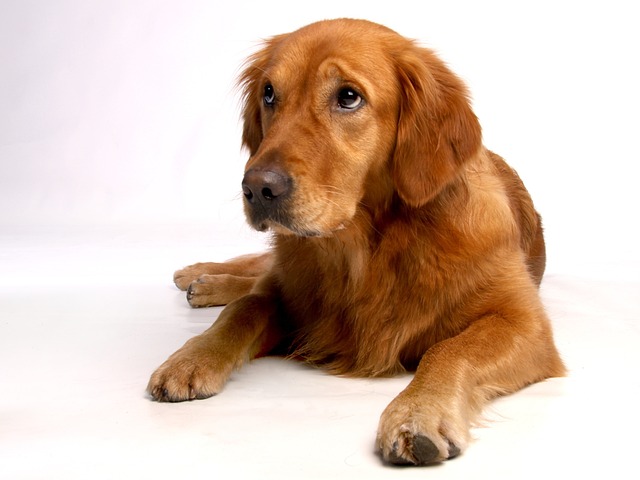
How can I tell if my dog's heatstroke is serious
Let’s be real: It’s a sticky August morning in Los Angeles, and you took your 2-year-old Golden Retriever, Max, for a walk a little later than usual
Watching your dog’s eye turn from clear to cloudy can send your mind racing—will they go blind? Can this be fixed? That’s what my neighbor in Arizona panicked about last winter when her 7-year-old Lab, Bella, developed a milky film over her right eye. She’d always loved chasing squirrels, but suddenly, she was bumping into the coffee table. After a trip to the vet and a few weeks of care, here’s what they learned: whether a dog recovers from a cloudy eye depends on what’s causing it—and acting fast makes all the difference.
Cloudiness in a dog’s eye is like a fog on a window—what’s behind it matters. Bella’s vet explained the most common culprits: infections (like a scratch that gets dirty), inflammation from allergies, or more serious issues like cataracts or glaucoma. Infections and allergies often clear up with treatment. Bella, it turned out, had a corneal ulcer from rubbing her eye on a prickly pear cactus during a hike—the cloudiness was her eye’s way of “scabbing” over to heal. But cataracts, which are like a fogged lens, usually need surgery to fix, and glaucoma (a painful buildup of pressure) can cause permanent damage if ignored. The key? Figuring out the root cause quickly.
If you spot cloudiness, head to the vet—don’t wait. Bella’s owner took her in within 48 hours, and the vet used a special light to see the ulcer. They prescribed antibiotic drops (administered twice daily) and an Elizabethan collar to stop her from rubbing. At home, she gently cleaned around Bella’s eye with a warm, damp cloth—no rubbing, just dabbing. By week three, the cloudiness faded, and Bella was back to chasing her ball. For dogs with allergies, vets might suggest antihistamines or avoiding triggers like grass pollen. Cataracts in young dogs (common in breeds like Poodles) sometimes improve with medication, but older dogs often need surgery—though many adapt well to reduced vision with a little help.

Legal and community norms tie in here, too. Keeping up with vaccines is critical—diseases like distemper, which is preventable with mandatory rabies shots (required in all states), can cause eye damage that leads to cloudiness. When walking, always carry poop bags; cleaning up keeps parks clean, reducing bacteria that can irritate eyes. And never scold a dog for pawing at their eye—Bella’s owner used a calm “no” and offered a chew toy instead, so she learned to stop without fear. Positive reinforcement works even here: “Good girl” when Bella sat still for drops made the process easier.
Apartment living? Dry air from heaters or AC can irritate eyes, so a small humidifier near their bed helps. Keep their space clean—dust bunnies can scratch eyes, especially in flat-faced breeds like Bulldogs, whose eyes bulge more. When neighbors visit with their dogs, avoid rough play; a paw to the face can cause scratches. Let your building know if your dog has an eye issue—they might adjust cleaning schedules to reduce dust, making recovery smoother.
A cloudy eye isn’t always permanent. With quick vet care, gentle home treatment, and a little patience, many dogs bounce back. Bella’s eye is clear now, and she’s as squirrel-obsessed as ever—proof that staying calm and acting fast gives your pup the best shot at recovery.

Let’s be real: It’s a sticky August morning in Los Angeles, and you took your 2-year-old Golden Retriever, Max, for a walk a little later than usual

You're enjoying a summer afternoon at the park when you notice your dog has stopped panting and appears disoriented - their gums are bright red

Let’s paint the picture: You’re in your Denver apartment, watching your 4-year-old Boston Terrier, Ruby, plop down mid-play session with her favorite toy

Many dog owners notice their pets nails seem shorter after regular walks,but how much does this daily activity actually help?The answer depends on where you walk—concrete sidewalks or asphalt streets gently file nails as a dog's paws hit the ground

Most dog owners notice their pup scooting across the carpet at some point, but few connect it to impacted anal glands. These small sacs near a dog’s rectum secrete a scent for marking territory

Most vets agree that regular dog teeth cleaning is key to avoiding painful dental issues later. For healthy adult dogs, a professional cleaning at the vet’s office every 12 to 18 months usually works well.